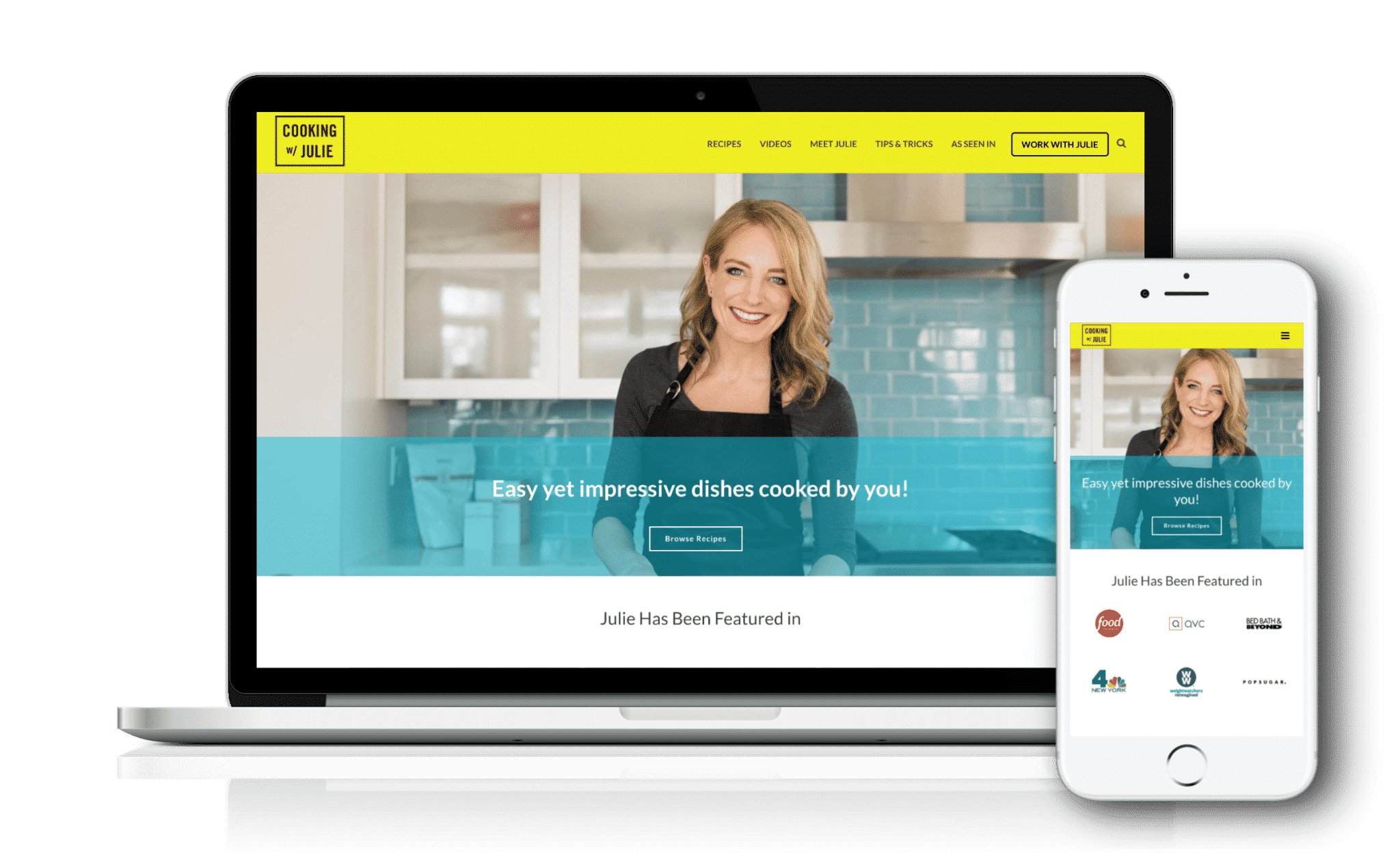Introduction
In the digital age, having a website is akin to having a storefront in the physical world. However, just as not every store attracts customers, not every website leads visitors to take action. This is where landing pages come into play. A well-designed landing page can significantly affect your digital marketing strategy, driving traffic and increasing conversions. In this article, we will delve deep into how a well-designed landing page can skyrocket conversions, supported by SEO strategies, web design principles, and practical examples.
How a Well-Designed Landing Page Can Skyrocket Conversions
A well-crafted landing page serves as the ultimate tool for capturing potential customers’ attention and seo web design company guiding them toward taking digital marketing specific actions. But what exactly does it mean for a landing page to be “well-designed”? It encompasses aesthetics, content relevance, user experience (UX), and alignment with broader digital marketing goals.
Understanding Conversion Rate Optimization (CRO)
Conversion Rate Optimization (CRO) is the process of enhancing your landing pages to achieve higher conversion rates. The key question here is: Why is CRO important?
Maximize Existing Traffic: You may already have significant traffic coming to your website; optimizing your landing pages means you can make the most of that existing flow. Cost-Effective: Instead of investing heavily in paid ads or additional marketing efforts, optimizing what you already have can yield better results. Improved User Experience: A focus on CRO often translates into better UI/UX design elements that enhance user satisfaction.Elements of an Effective Landing Page
To develop an effective landing page, there are crucial elements that you should consider implementing:
1. Clear Call-to-Action (CTA)
Your CTA is arguably the most critical element on your landing page. It tells visitors what you want them to do next—be it signing up for a newsletter or completing a purchase.
- Use action-oriented text. Ensure visibility through contrasting colors.
2. Engaging Headline
The headline should capture attention immediately while conveying the value proposition succinctly.
- Keep it concise. Use strong language that resonates with your target audience.
3. Compelling Visuals
Including high-quality images or videos can significantly enhance engagement levels on your landing page.
- Utilize relevant imagery that aligns with your message. Incorporate infographics to simplify complex information.
4. Trust Signals
Trust signals such as testimonials, reviews, or certifications can make visitors feel secure in their decision-making process.
- Display social proof prominently. Use recognizable logos or seals of approval.
The Role of Web Design in Landing Pages
Web design plays an essential role in creating engaging and functional landing pages. But how does good web design contribute to higher conversion rates?

1. Responsive Design
With more users accessing websites from mobile devices than ever before, responsive design ensures that your landing page looks great on all screen sizes.
2. Fast Load Times
Websites that load slowly can lead to high bounce rates. Tools like Google PageSpeed Insights can help analyze and improve loading speeds.

3. Clean Layout
A cluttered layout distracts users from taking the desired action on your landing page. Utilize white space effectively to guide attention where it's needed most.
Search Engine Optimization (SEO) Strategies for Landing Pages
SEO isn't just about ranking higher; it's also about ensuring that once users land on your site, they're inclined to stay and convert.
1. Keyword Research and Implementation
Utilize tools like Google Keywords Planner or SEMrush to identify keywords relevant to your business—especially long-tail keywords related to local SEO if you're targeting specific geographic areas.
2. On-page SEO Elements
Optimize title tags, meta descriptions, and header tags for relevant keywords while ensuring they read naturally for humans too.
| Element | Best Practices | |----------------------|------------------------------------------------------| | Title Tags | Include primary keyword within 60 characters | | Meta Descriptions | Summarize content while enticing clicks within 160 characters | | Header Tags | Use H1 for main title; H2s for subheadings |
WordPress Web Design Tips for Effective Landing Pages
If you're using WordPress for web design, there are several plugins and themes tailored for creating efficient landing pages:
1. Elementor Plugin
This drag-and-drop builder allows unparalleled flexibility in designing custom layouts without coding knowledge.
2. OptimizePress Theme
Specifically designed for marketers wanting high-converting pages quickly without sacrificing quality or performance.
Importance of Local SEO on Landing Pages
For businesses targeting local clientele, integrating local SEO practices into their landing pages is vital:
1. Google Maps Integration
Embedding Google Maps within your contact section helps improve trustworthiness while making navigation easier for potential customers interested in visiting physically.
2. NAP Consistency
Ensure uniformity in Name, Address, Phone Number across various platforms (like Yelp or Facebook) as inconsistencies could confuse both search engines and users alike!
Frequently Asked Questions (FAQs)
1. What Makes a Good Landing Page?
A good landing page has clear CTAs, compelling content, engaging visuals, trust signals like testimonials or reviews—all tailored towards achieving specific marketing objectives!
2. How Important Are Keywords on Landing Pages?
Keywords play an essential role in attracting organic traffic through search engines and improving visibility but must be used strategically without keyword stuffing!
3. Can I Use My Homepage as a Landing Page?
While technically possible—it’s not advisable! Homepages serve broad purposes whereas dedicated landing pages focus solely on driving specific actions from targeted audiences!
4. How Do I Measure Conversion Rates?
Conversion rates are calculated by dividing total conversions by total visitors then multiplying by 100%. For example: If you had 50 sign-ups out of 500 visitors = (50/500)*100 = 10%.
5. Should I A/B Test My Landing Pages?
Absolutely! A/B testing helps identify which elements resonate best with audiences—whether it’s different headlines or CTAs—and optimizes performance accordingly!
6. How Often Should I Update My Landing Pages?
Updating regularly based on performance metrics ensures relevance! Aim for at least quarterly reviews but adjust more frequently if data indicates necessary shifts!
Conclusion
Creating a well-designed landing page isn't merely an option; it's essential if you're serious about maximizing conversions through effective digital marketing strategies! By focusing on critical elements such as CTAs and compelling visuals while integrating robust SEO tactics specifically tailored for WordPress—the sky's truly the limit when it comes to skyrocketing those conversion rates!
By understanding principles surrounding web design coupled with conversion rate optimization techniques—the pathway towards increasing website conversions becomes clearer than ever before! So why wait? Start optimizing today!
This comprehensive article serves not only as an informative guide but also emphasizes the importance of each component contributing toward successful online strategies aimed at boosting conversion rates through effective web design principles focused around well-crafted landing pages!